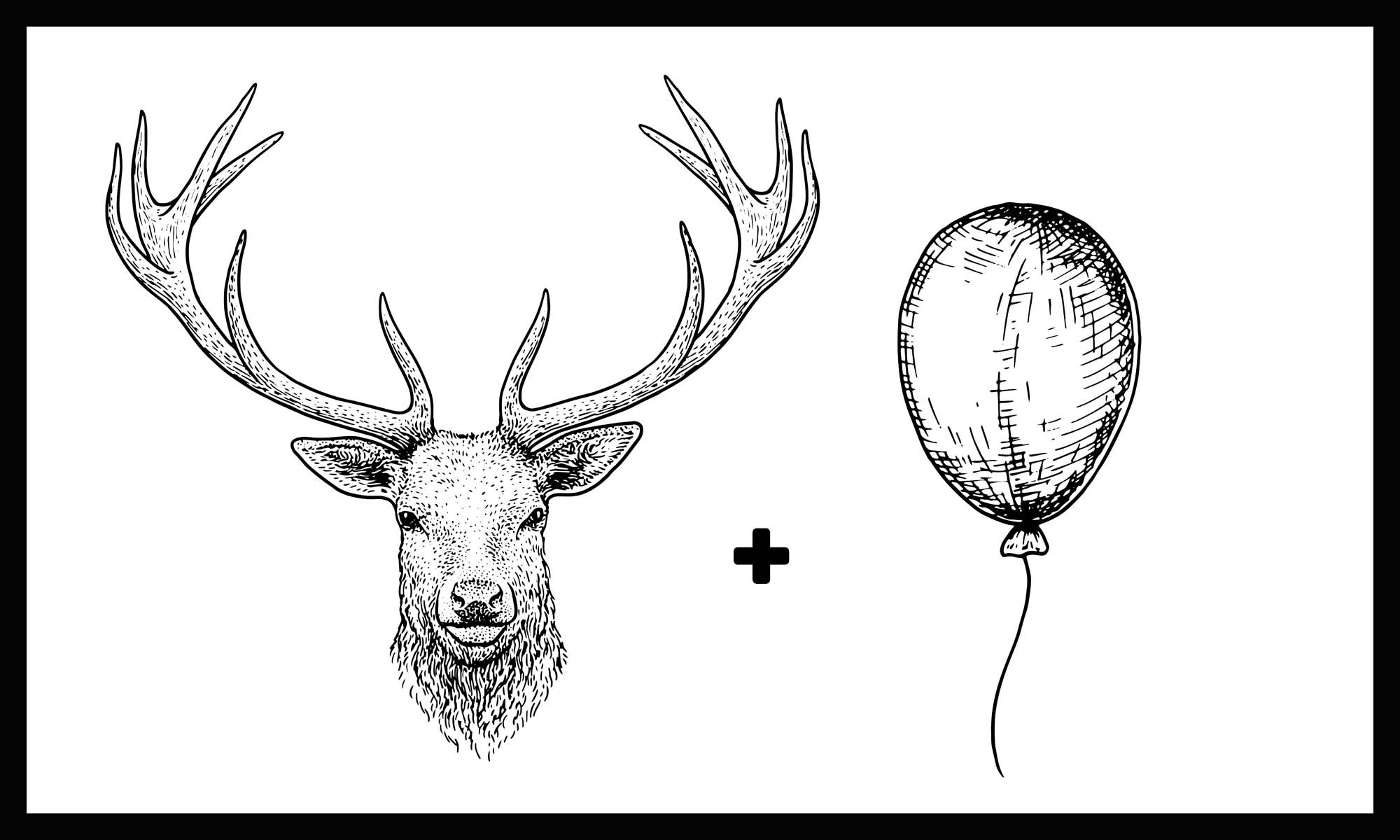Markets gifted us with another burst of volatility and headlines are looking apocalyptic again.
Some folks might think it's time to bail on markets for the summer, but I'll tell you why that thinking is a mistake.
First, let's peel back some layers to explore what's driving markets. The latest selloff was largely driven by concerns about how the pace of Federal Reserve interest rate hikes could affect economic growth.(1) The Fed's "hawkish" policy of rapidly raising interest rates to bring down inflation seems likely to take a chunk out of economic growth.
Is a recession on the way?
Those are risks we are prepared for. While the Fed could manage to execute a "soft landing" and successfully lower inflation without triggering a downturn, its track record isn't so good. According to Schwab, 10 out of the last 13 rate-hike cycles resulted in a recession.(2) Those aren't odds I'd want to take to Vegas.
However, we are holding a couple of strong cards: a strong jobs market and steady consumer spending, at least for the time being.(3,4) Could those bright spots fend off a recession or downturn? Very possibly. We’ll have to wait and see. Data can change quickly.
So, are the 70s back?
No, I'm not talking about bell bottoms and platform shoes. I’m talking about "stagflation." What does that even mean?
Stagflation is a buzzword combining "stagnation" and "inflation" and signifies an economy plagued by low economic growth, high inflation, and high unemployment.(5) We saw it in this country in the 1970s during an oil crisis. It's hard to say if it’s going to happen again. It's definitely a risk we (and the world's economists) are watching.
However, there are two points that count against a vintage 70s stagflation scenario: 1) that strong jobs market and 2) inflation that may be in the process of peaking.(6) So, let's not panic.
Here's the bottom line (and you’ve probably heard me say it a hundred times): Market downturns, recessions, and volatility happen regularly.
We expect them.
We plan for them.
We remember that they don’t last forever.
We stay nimble and look for opportunities.
Though it looks like we're in for a rocky summer, that doesn't mean it's time to hit the eject button. Instead, we make careful shifts, especially in a rising interest rate environment. The weeks ahead are very likely to be volatile.
∞
1 - https://www.cnbc.com/2022/05/05/stock-market-futures-open-to-close-news.html
2 - https://www.schwab.com/resource-center/insights/content/when-levee-breaks-panic-is-not-strategy
3 - https://www.cnbc.com/2022/05/01/inflation-forces-consumers-to-rethink-spending-habits.html
5 - https://corporatefinanceinstitute.com/resources/knowledge/economics/stagflation/
6 - https://www.cnn.com/2022/05/01/investing/stocks-week-ahead/index.html

